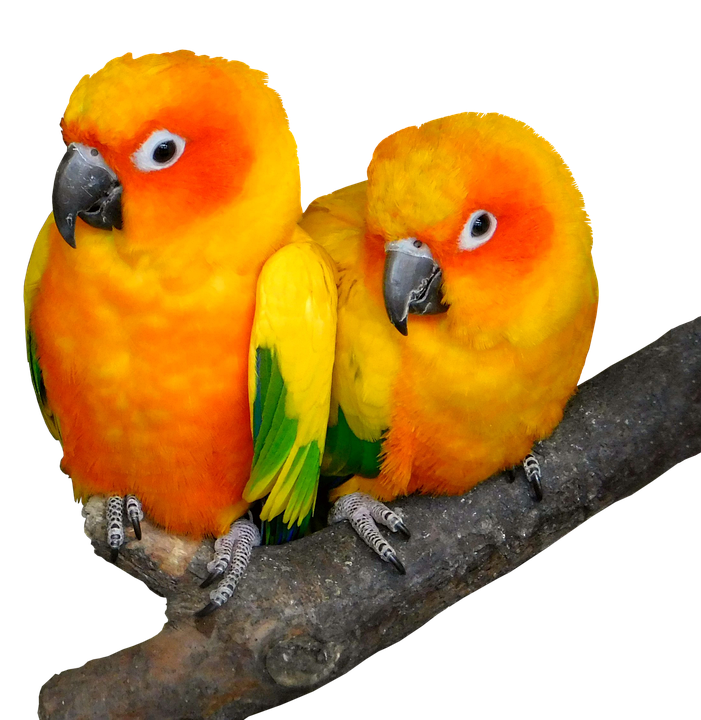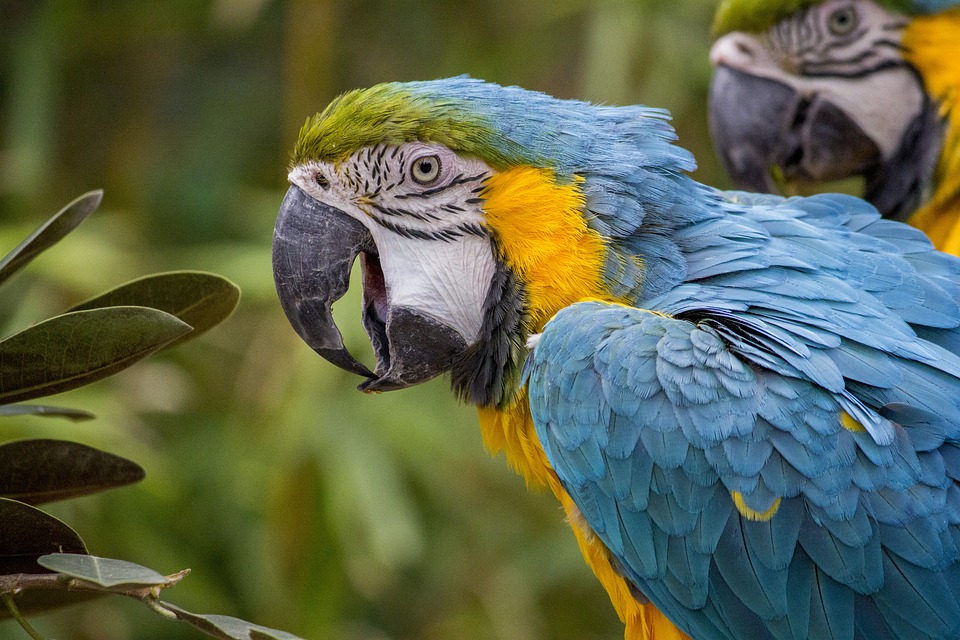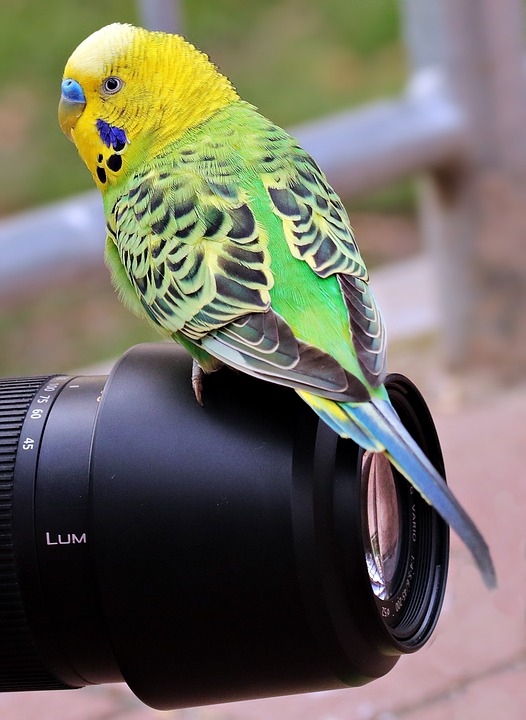Parrots are highly intelligent creatures that can be trained to perform a variety of tricks and behaviors. Teaching your parrot to spin or shake hands not only provides mental stimulation for your feathered friend but also strengthens the bond between you and your pet. In this article, we will guide you through the step-by-step process of training your parrot to spin or shake hands, while also providing some frequently asked questions to address common concerns.
**Section 1: Preparing for Training**
1.1. **Understanding the Basics of Parrot Training**
Before you begin training your parrot, it is important to understand the basics of parrot training. This includes knowing how parrots learn, the importance of positive reinforcement, and the need for patience and consistency.
1.2. **Creating a Positive Training Environment**
Creating a positive training environment is crucial for successful parrot training. This includes finding a quiet and distraction-free area, using treats as rewards, and ensuring your parrot is in a relaxed and comfortable state.
1.3. **Choosing the Right Training Method**
There are various training methods you can use to teach your parrot to spin or shake hands. These include clicker training, target training, and shaping. Choose the method that works best for you and your parrot’s individual needs and preferences.
**Section 2: Teaching Your Parrot to Spin**
2.1. **Establishing a Trust-Based Relationship**
Building a strong bond with your parrot is essential before starting any training. Spend quality time with your parrot, engage in positive interactions, and ensure they feel safe and secure in your presence.
2.2. **Introducing the Target Stick**
The target stick is a useful tool for training your parrot. Introduce the target stick slowly and allow your parrot to become familiar with it by offering treats and rewards when they interact with it.
2.3. **Targeting and Turning**
Once your parrot is comfortable with the target stick, you can begin teaching them to turn. Gradually guide your parrot in a circular motion using the target stick, rewarding them with treats when they follow the movement.
2.4. **Adding a Cue and Reinforcing the Behavior**
Once your parrot understands the concept of turning, add a verbal cue, such as “spin,” and reinforce the behavior with treats and praise. Repeat this step consistently until your parrot associates the cue with the behavior.
2.5. **Practicing and Generalizing the Spin**
Continue practicing the spin with your parrot in various environments and with different distractions. This will help your parrot generalize the behavior and perform it on command consistently.
**Section 3: Teaching Your Parrot to Shake Hands**
3.1. **Building Trust and Connection**
Similar to teaching your parrot to spin, building trust and a strong connection with your parrot is crucial before training them to shake hands. Spend quality time together and engage in positive interactions.
3.2. **Introducing the Target Hand**
In this step, introduce your hand as the target. Allow your parrot to become familiar with your hand by offering treats and rewards when they interact with it.
3.3. **Targeting and Stepping Up**
Encourage your parrot to step up onto your hand using the target hand technique. Gradually guide them onto your hand and reward them with treats and praise when they do so successfully.
3.4. **Introducing the Shake Cue**
Once your parrot is comfortable stepping up onto your hand, introduce the shake cue. Offer your hand and say “shake” while gently moving your hand up and down. Reward your parrot when they mimic the movement.
3.5. **Reinforcing the Behavior and Advancing the Training**
Continue reinforcing the shake behavior with treats and praise. Gradually increase the duration of the shake and reinforce it consistently. You can also introduce a new cue word, such as “hands,” to differentiate between shaking hands and other behaviors.
**Section 4: Frequently Asked Questions (FAQs)**
4.1. **Can any parrot species be trained to spin or shake hands?**
Yes, most parrot species can be trained to spin or shake hands with the right approach and techniques.
4.2. **How long does it take to train a parrot to spin or shake hands?**
The training duration can vary depending on the individual parrot and their willingness to learn. It may take a few days to a few weeks for your parrot to master these tricks.
4.3. **What treats should I use for training?**
Use small, healthy treats that your parrot enjoys. Examples include nuts, seeds, fruits, or specially made bird treats.
4.4. **What if my parrot refuses to perform the desired behavior?**
If your parrot refuses to perform the desired behavior, go back to the previous step and reinforce the behavior there. Take a step back and gradually work your way up again.
4.5. **Is it possible to teach an older parrot to spin or shake hands?**
Yes, older parrots can still learn new tricks. However, it may take more time and patience compared to younger parrots.
4.6. **How often should I train my parrot?**
Short, frequent training sessions are more effective than long, infrequent ones. Aim for 5-10 minutes of training per session, a few times a day.
4.7. **Can I teach my parrot multiple tricks simultaneously?**
Yes, you can teach your parrot multiple tricks simultaneously. However, it is important to ensure that your parrot fully understands and has mastered one trick before moving on to the next.
**Conclusion:**
Training your parrot to spin or shake hands can be a rewarding and enjoyable experience for both you and your feathered companion. Remember to be patient, consistent, and always prioritize positive reinforcement. With time and dedication, your parrot will master these tricks, further showcasing their intelligence and strengthening the bond you share.









